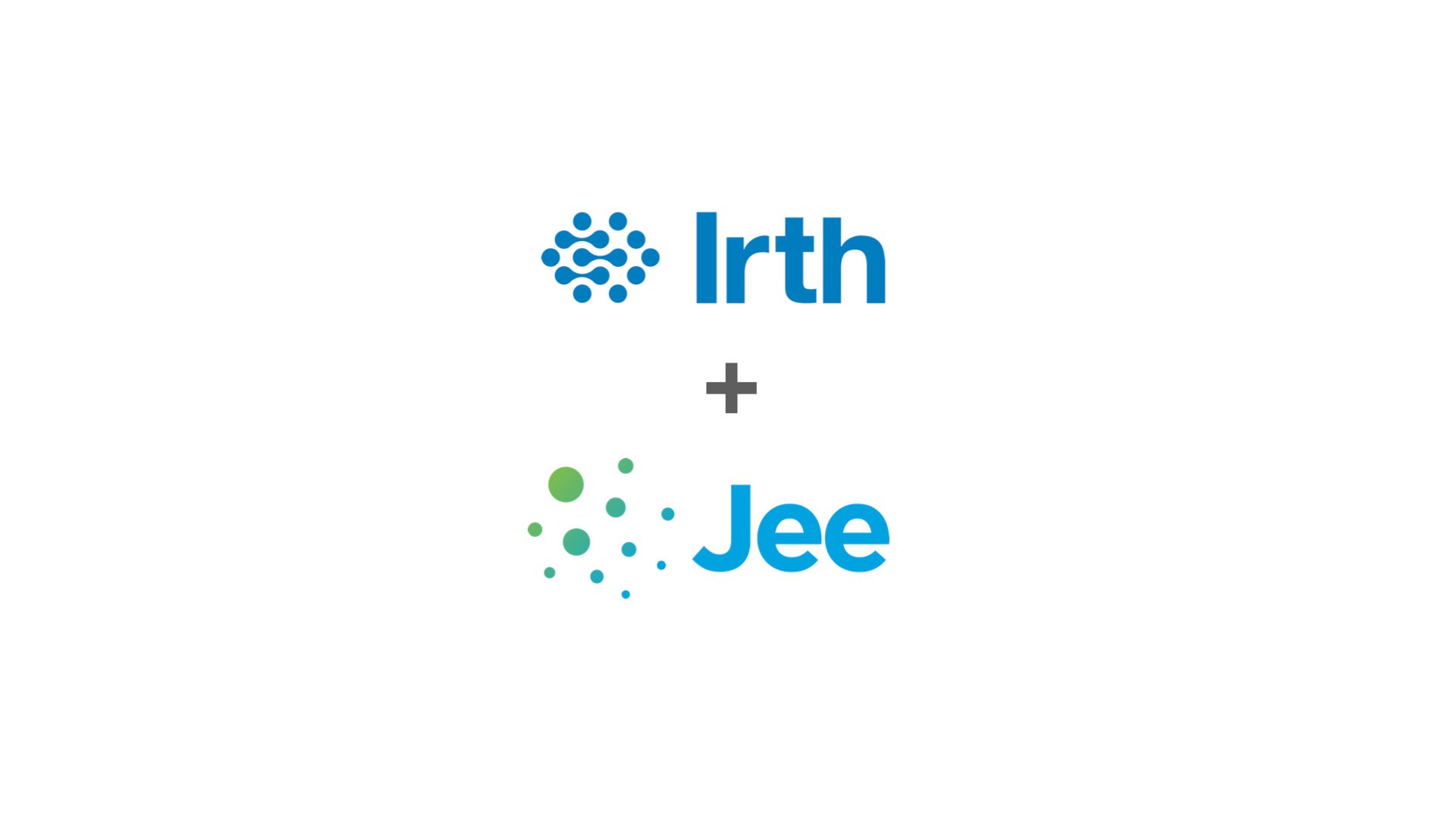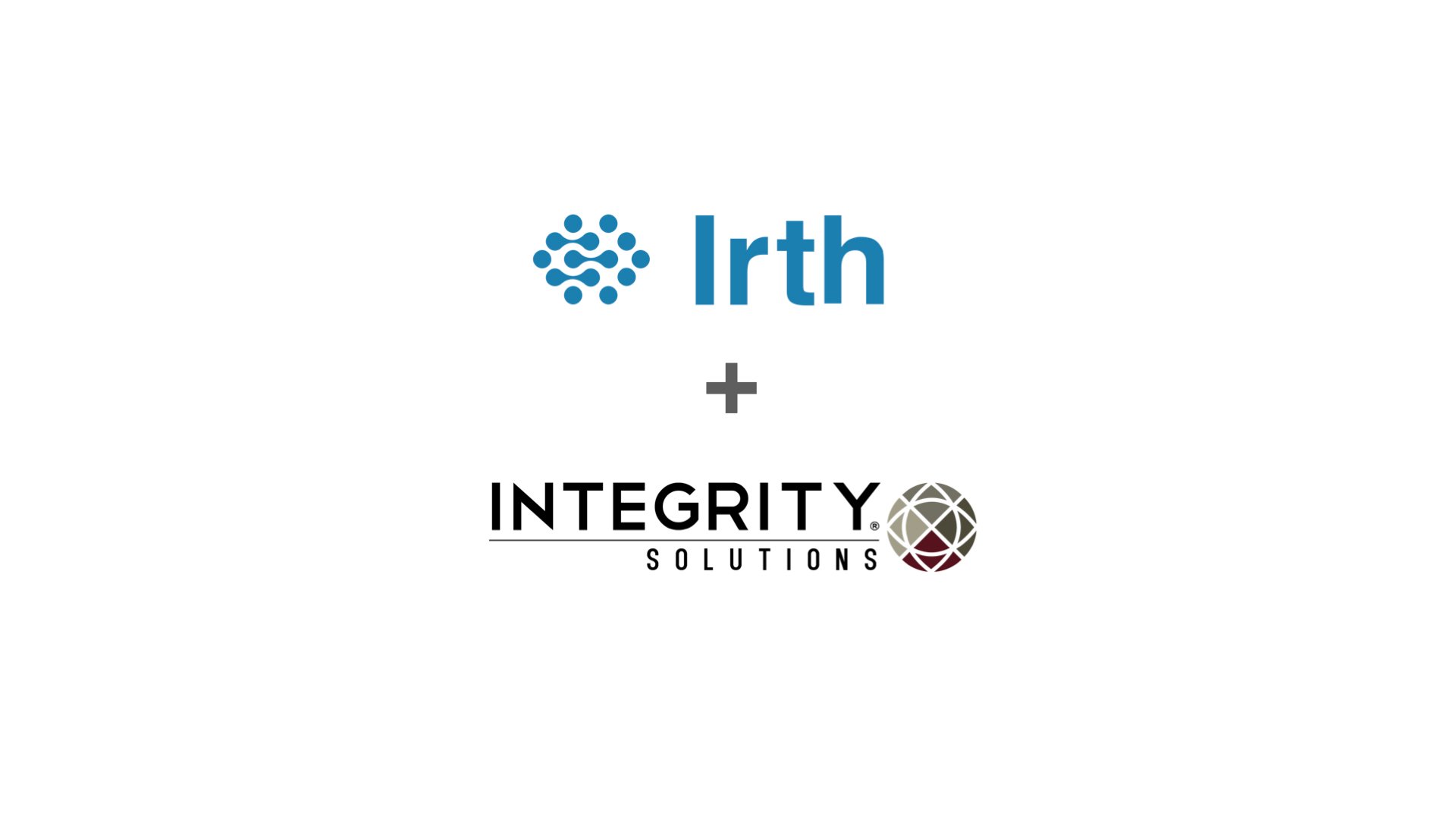The Future is Here: How AI, ML & DS are Transforming Pipeline Integrity
Across the pipeline industry, artificial intelligence (AI), machine learning (ML), and data science (DS) are evolving from buzzwords to tangible...
4 min read
Irth : Jul 15, 2025
In renewable energy, managing land at scale is complex, especially if you’re still relying on spreadsheets. Overlapping responsibilities, evolving obligations, fragmented data, and nuanced contracts through every phase of land development challenge even the most organized land professionals.
Irth Land Management (ILM) is purpose-built to solve this challenge. As the industry’s leading land and contract management system, the platform empowers organizations to centralize data, visualize agreements geospatially, automate complex payment workflows, and stay compliant from pre-acquisition to contract management.
Over the last five years, ILM has supported global renewable energy leader Ørsted’s growth. With over 5.5 gigawatts of onshore capacity across 20 projects, two completed offshore wind farms (including South Fork Wind, the U.S.’s first commercial-scale offshore wind project), and 18 gigawatts in development, Ørsted relies on Irth Land every day.
What started as a replacement for spreadsheets has transformed into a deeply integrated, dynamic platform that connects teams across contract management, GIS, finance, environmental permitting, and operations, enabling data-driven decision-making.
Renewable development isn’t just about turbines or solar panels. It’s about land, identifying, securing, and managing it over the contract lifecycle.
Ørsted uses ILM in each critical phase of renewable development:
When Ørsted first implemented Irth, it replaced disconnected spreadsheets with a centralized platform for a system of record. Over time, ILM evolved into a full-fledged land CRM, connecting geospatial data, contract terms, financials, and supporting team collaboration.
Vanessa Mendez, project intake manager for land contracts, and Mallorie Bristol, lead GIS analyst at Ørsted, discussed during a webinar in June 2025, how their teams use ILM as the central point of access to quickly retrieve data and work across their company.
Initially, Ørsted used Irth Land to help facilitate land payments. As the company grew rapidly through acquisitions, so did its initiatives and needs for information monitoring. Mendez and Bristol began collaborating, realizing there were many more aspects that weren’t being captured but needed to be.
At the same time, they were onboarding Irth, Ørsted transitioned from individual project databases (standalone, siloed projects) to an Esri enterprise system. They were examining their architecture and schema, as well as what they wanted to display on maps, while ensuring scalability. It was perfect timing to add columns from Irth data to show critical contractual obligations on maps.
And the information that these maps display matters far beyond lease lines.
“Our property doesn’t end at the fence line,” said Bristol. “On solar projects, plant managers need to know which land still requires maintenance between the fence and the road or which grasses must be reseeded due to environmental requirements.”
In one solar project, Ørsted has very specific requirements on what grasses can be reseeded to restore native prairie. Strict protections were in place, including vehicle rinse stations at entry points to prevent the introduction of non-native soil. Visualizing these areas on maps tied directly to contract terms ensures construction and operations teams know exactly what’s required and where.
“The more we can take our written word and visualize it, the better,” said Mendez.

A major turning point in Ørsted’s transformation was establishing a live, automated sync between ILM and the GIS system. Before that, Bristol’s team exported reports and manually joined tables, a process that worked when there were only a few projects, but quickly became unsustainable as they grew.
“That script is everything,” said Bristol. “If we lost Irth, or any system like it, we’d be back to where we were five years ago. That nightly sync is what enables my team to access accurate, live lease data without constantly requesting it from Vanessa’s team.”
Integration works both ways. Vanessa and her team also rely on live maps to validate contract boundaries.
“I’ll look at a parcel and say, ‘Wait, we only leased the northwest quarter — can you update that in GIS?’” Vanessa explained. “It’s a two-way relationship, and without it, we couldn’t operate at the level we do now.”
Together, these integrations allow Ørsted to:

Managing payments in renewable energy projects is far more complex than many realize. Contracts often contain highly specific royalty structures based on a variety of things, such as turbine-level production, revenue-sharing models, or milestone-triggered payments. Ørsted addressed this by integrating Irth Land with SAP, automating workflows that were once handled in disconnected spreadsheets.
“Before, all of it was tracked manually,” Medez said. “Now we use payment templates that pull in production data, contract language, and revenue to automate calculations, removing error and saving time.”
This shift has allowed Ørsted to:

In high-growth organizations, team transitions are inevitable. What’s not inevitable is the loss of institutional knowledge when you have a system or record in place like ILM.
“When I started, I was the only person managing this,” said Mendez. “Now, even as team members leave or join, the data and notes live in Irth. I wouldn’t be able to do this job as effectively as we have been able to do it without a contract management system.”
The system isn’t just for her team, it benefits GIS, finance, legal, permitting, and more. Everyone accesses the same data from the same source of truth.
Rolling out new tools isn’t always easy. Mendez and Bristol emphasize that it took time, collaboration, and a willingness to adapt.
“When our original champion left right as we were rolling out the system, adoption stalled,” said Bristol. “But we pushed forward.”
Their advice for teams just starting out?
From prairie preservation to payment forecasting, Ørsted’s success with Irth has touched every corner of the business. What began as a tactical fix has become a strategic platform, empowering teams to move faster, stay compliant, and make smarter decisions with confidence.
If you’d like to see what it can do for your organization, schedule a demo today.

Across the pipeline industry, artificial intelligence (AI), machine learning (ML), and data science (DS) are evolving from buzzwords to tangible...

COLUMBUS, OH and LONDON, UK — November 13, 2025 — Irth Solutions, Inc. a leader in cloud-native software for asset integrity and risk management, and...

COLUMBUS, OH — November 13, 2025 — Irth Solutions, a leader in cloud-native SaaS for asset integrity and risk management, and Integrity Solutions, a...